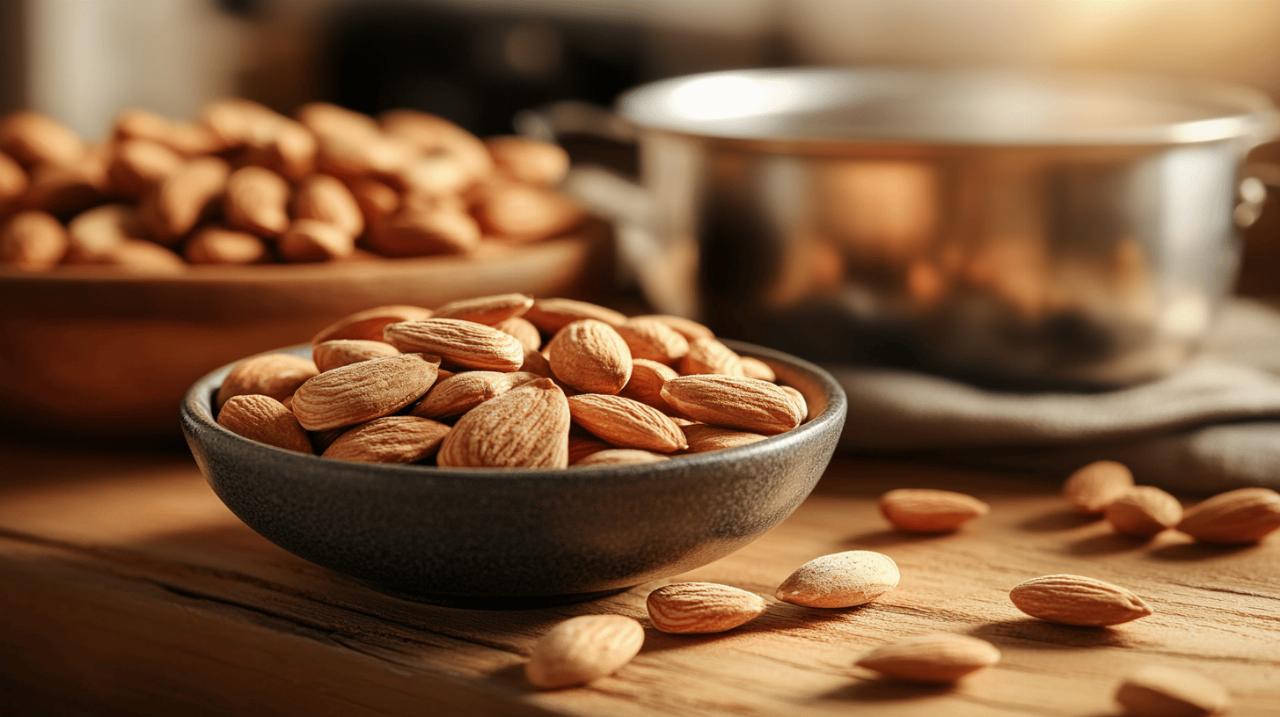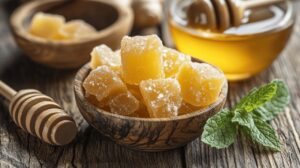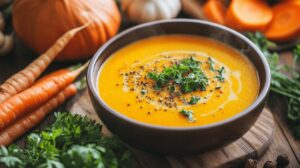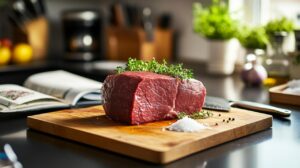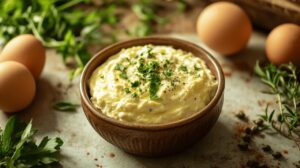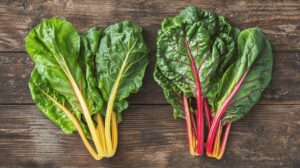The Ultimate Guide: How to Remove Almond Skins Easily in Minutes
Almonds are a wonderfully versatile ingredient that feature prominently in countless sweet and savoury dishes across global cuisine. However, many recipes call for blanched or skinless almonds, and buying them pre-peeled can be quite costly compared to doing it yourself at home. This guide will show you several foolproof methods to remove almond skins quickly and efficiently, saving you both time and money in the kitchen.
Blanching basics: the water method
The classic blanching technique remains the most popular and reliable way to remove almond skins. This method preserves the natural texture and flavour of the almonds whilst making those stubborn skins slip right off. It's particularly brilliant when you need skinless almonds for recipes where their smooth texture is essential.
The quick boil technique
To begin the blanching process, you'll need about 140 grams of raw, unsalted almonds and a medium saucepan of water. Set your saucepan on the hob and bring the water to a rolling boil. Once the water is bubbling away nicely, add your almonds and let them boil for precisely one minute. Any longer might cook the almonds too much, altering their delightful crunch and nutty flavour that makes them so popular in English heritage recipes and global cuisine alike.
Cold water plunge and peeling
After the brief boil, promptly drain the almonds and rinse them under cold water. This crucial step serves two purposes – it halts the cooking process to maintain the almond's integrity and makes them cool enough to handle comfortably. Next comes the satisfying bit: simply squeeze each almond gently between your thumb and forefinger, and watch as the skin slides off with remarkable ease. The entire process takes mere minutes, with a prep time of one minute and cook time of another minute. For 140 grams of almonds, expect about four generous servings of perfectly peeled nuts ready for whatever recipe you've got planned.
Oven roasting: a time-saving alternative
If you're looking for a more hands-off approach to peel almonds, the oven roasting method offers a brilliant alternative. This technique not only loosens the skins but also brings out a deeper, more complex flavour in the almonds that works beautifully in many recipes.
Perfect temperature and timing
To roast your almonds, preheat your oven to a relatively low temperature, around 150°C. Spread your raw almonds in a single layer on a baking tray, ensuring they have enough space between them for even heat distribution. Place the tray in the middle rack of your oven and roast for approximately 10 minutes. You'll know they're ready when you can detect a lovely, fragrant aroma wafting from the oven, and the skins begin to look slightly cracked.
Post-roast skin removal tips
Once roasted, remove the almonds from the oven and allow them to cool until they're comfortable to handle. The heat from roasting causes the skins to loosen and crack, making them easier to remove. You can rub the almonds between your hands or in a clean tea towel to help loosen the skins further. While this method might not remove every bit of skin as effectively as blanching, it imparts a wonderful roasted flavour that adds character to your dishes, especially when using them in savoury recipes.
Kitchen tools that make almond peeling easier
For those who regularly work with almonds in their cooking, there are several kitchen tools and gadgets that can significantly streamline the peeling process, especially when dealing with larger quantities.
Specialty nut blanchers worth the investment
Dedicated nut blanchers are available for serious cooks who frequently prepare recipes requiring skinless almonds. These clever devices typically feature a textured surface that helps rub away the skins after blanching. Some advanced models even combine the boiling and skin removal steps, making the entire process almost effortless. While these might seem like specialty items, they can be worthwhile investments if almond-based dishes are regular features in your kitchen repertoire.
Everyday items that double as peeling aids
You needn't splash out on special equipment to make almond peeling easier. Several common kitchen items can help with the task. A slotted spoon works brilliantly for transferring almonds from hot to cold water during blanching. Clean kitchen towels are excellent for rubbing off skins after the oven method, as the slight texture helps grip the loosened skins. Even a salad spinner can be repurposed to quickly dry your blanched almonds before storage or use in your recipe.
Delicious ways to use your peeled almonds
Now that you've mastered the art of removing almond skins, a world of culinary possibilities opens up. Peeled almonds offer a smoother texture and more delicate flavour than their skin-on counterparts, making them perfect for numerous applications.
Sweet and savoury recipe ideas
Skinless almonds shine in both sweet and savoury dishes. For puddings, try incorporating them into traditional English trifles or crumbles for added texture. They make exceptional pralines when caramelised with sugar, or can be finely chopped and folded into cake batters. On the savoury side, toasted blanched almonds add wonderful crunch to salads, particularly when paired with soft cheeses and seasonal fruits. They also work brilliantly in classic chicken dishes, providing textural contrast and nutty depth to sauces.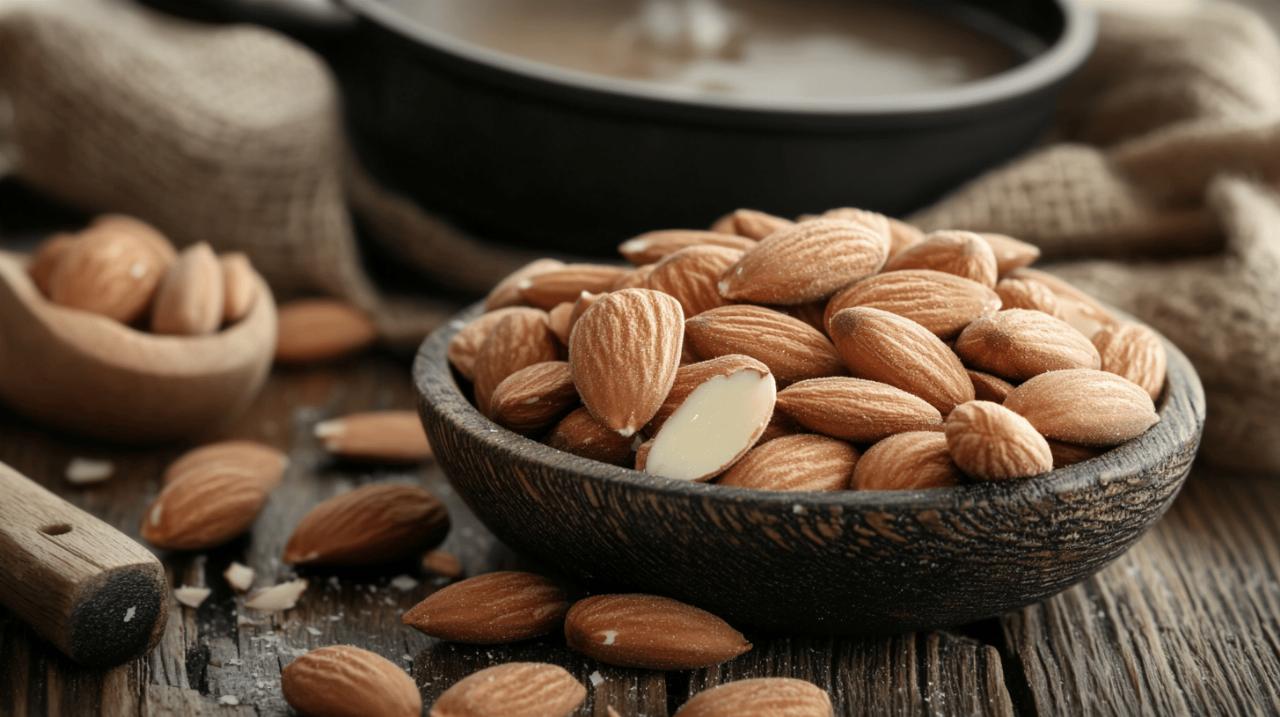
Creating homemade almond products
Perhaps the most rewarding use for your newly peeled almonds is creating homemade almond products. Blanched almonds produce a smoother, creamier almond butter when processed, without the slightly bitter notes that can come from the skins. Homemade almond milk becomes milder and visually more appealing when made from skinless nuts. You might also try making your own almond flour – simply pulse the dried, blanched almonds until they reach a fine, powdery consistency – perfect for gluten-free baking or as a coating for fish and chicken. With approximately 162 calories, 14g of fat, 4g of fibre, and 6g of protein per serving, these versatile nuts are as nutritious as they are delicious.
Almond peeling in british cuisine: a historical perspective
Almonds have long been a staple in British cooking, offering versatility from sweet puddings to savoury dishes. For home cooks and professional chefs alike, mastering the art of peeling these nuts is essential when preparing traditional recipes that call for the smooth texture of blanched almonds.
The process is rather straightforward. Begin with 5 ounces (140 grams) of raw unsalted almonds. Bring a medium saucepan of water to a rolling boil, then add your almonds for just 1 minute. Swiftly drain and rinse them with cold water. This brief cooking time loosens the skins without cooking the nut itself. Once cooled, simply squeeze each almond between your fingers, and the skin will slip off with minimal effort.
This method takes merely 2 minutes from start to finish – 1 minute prep and 1 minute cooking time – making it an efficient technique when preparing dishes that showcase the delicate flavour of blanched almonds.
Traditional uses in british baking
British baking has embraced almonds for centuries, with peeled almonds featuring prominently in classic recipes. From Bakewell tarts to Christmas cake decorations, the smooth texture of blanched almonds adds both flavour and visual appeal to these beloved treats.
Peeled almonds form the base of traditional British almond paste used in celebration cakes, offering a smoother finish than their skin-on counterparts. The practice of blanching almonds became widespread in British kitchens as global trade brought these nutritious nuts to our shores, where they were incorporated into our baking heritage.
When using this peeling technique for your baking projects, you'll benefit from the nutritional value these nuts provide. Each serving delivers 162 calories, 14g of saturated fat, 4g of fibre and 6g of protein, making them a nourishing addition to your recipes.
Modern british chefs and almond preparations
Today's British chefs, like Chef Janette who draws inspiration from English heritage and global cuisine, continue to value the versatility of peeled almonds. The clean, mild flavour of blanched almonds serves as a canvas for both traditional and innovative culinary creations.
Modern recipes might call for scattering peeled almonds over salads, blitzing them into smooth pastes for spreads, or using them as elegant toppings for both sweet and savoury dishes. The quick peeling method remains largely unchanged from historical practices, demonstrating the timeless efficiency of this technique.
Beyond the basic boiling method, some British chefs employ oven-roasting as an alternative approach. This involves heating the almonds at a low temperature until fragrant, which loosens the skins while adding a subtle roasted flavour that works brilliantly in contemporary British cooking.
